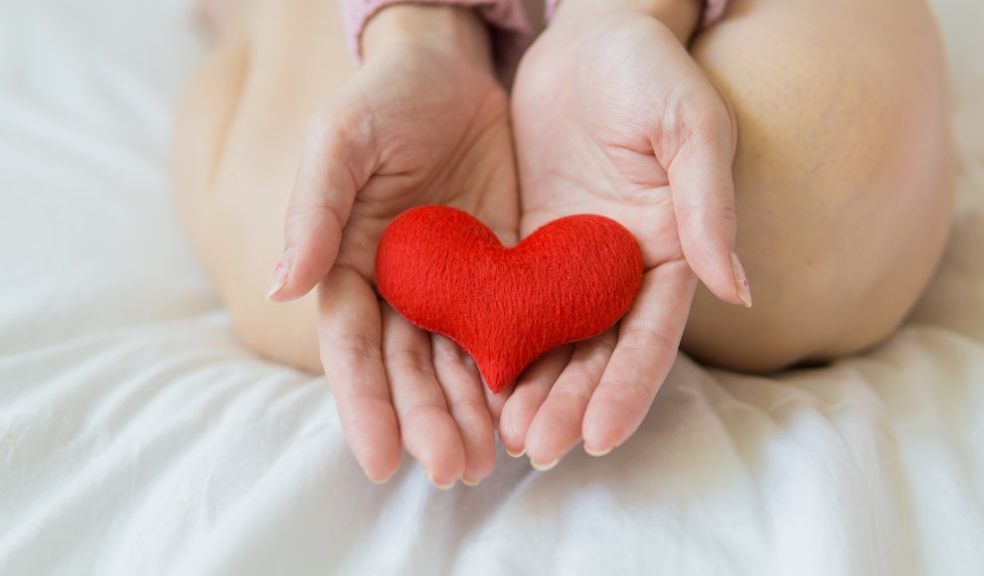
How to Get Rid of Cystitis
Cystitis can be an incredibly uncomfortable condition that can be difficult to manage, but with the right tools and knowledge, you can get rid of it fast. Essity How to get rid of cystitis fast Marzo produces a range of products that are specifically designed to help with bladder control and urinary tract infections. These products are ideal if you are wondering how to get rid of cystitis fast.
In this article, we highlight key information on how to identify and manage the symptoms of cystitis in women.
What is Cystitis and what are the Common Symptoms to Look Out For?
Cystitis is a type of urinary tract infection that usually affects women. It happens when bacteria enters the bladder and causes inflammation.
The symptoms of cystitis can vary from mild to severe and may include a burning or painful sensation when urinating, increased frequency and urgency to urinate, cloudy or strong-smelling urine, and pain in the lower abdomen or back.
It's important to seek medical help if you experience any of these symptoms, especially if they persist or worsen over time.
How to Self-Diagnose Cystitis Symptoms?
If you suspect that you have cystitis, it can be helpful to self-diagnose some of its symptoms. You can do this by keeping track of your symptoms, such as writing them down, and monitoring any changes in their severity.
You can also take an over-the-counter test kit that can detect the presence of nitrites, a sign of bacteria in the urine.
Reasons Why Women Experience Cystitis More than Men
Women are more prone to cystitis compared to men due to several factors, including shorter urethras, which make it easier for bacteria to reach the bladder, hormonal changes during menopause, and sexual activity, which can introduce bacteria into the urethra.
Women who frequently use certain contraceptives such as diaphragms or spermicides may also be at risk of developing cystitis.
Practical Tips for Managing Cystitis Pain and Discomfort
Cystitis can cause significant discomfort, but there are ways to manage the symptoms effectively. You can take over-the-counter pain medications such as ibuprofen or acetaminophen to relieve pain and reduce inflammation.
Drinking plenty of fluids, especially water, can also help flush out bacteria from the urinary tract. Additionally, avoiding irritating drinks such as alcohol and caffeine, and practising good hygiene can also help alleviate symptoms.
Understanding the Different Treatment Options Available
For severe or recurrent cystitis, your healthcare provider may recommend antibiotics to help eliminate the bacteria causing the infection.
Your healthcare provider may also prescribe medications to alleviate any underlying conditions that may contribute to the condition, such as hormonal changes or an enlarged prostate. In some cases, surgery may also be required to remove any blockages or growths in the urinary tract.
Natural Home Remedies
There are several natural remedies that can help alleviate or prevent symptoms. These include taking probiotics, which can promote the growth of beneficial bacteria in the gut. Also, drinking cranberry juice can help prevent bacteria from sticking to the bladder walls.
And practising bladder training exercises can improve bladder control and reduce the frequency of urination.
Conclusion
It can be a frustrating and painful condition, but there are several things you can do to manage the symptoms effectively. Self-diagnosing symptoms and understanding the different treatment options available can help you get the right treatment quickly.
Additionally, practising good hygiene, avoiding irritants, and trying natural home remedies can all help alleviate the symptoms of cystitis, allowing you to get back to enjoying life pain-free. Remember, if symptoms persist or worsen, always seek medical help.













